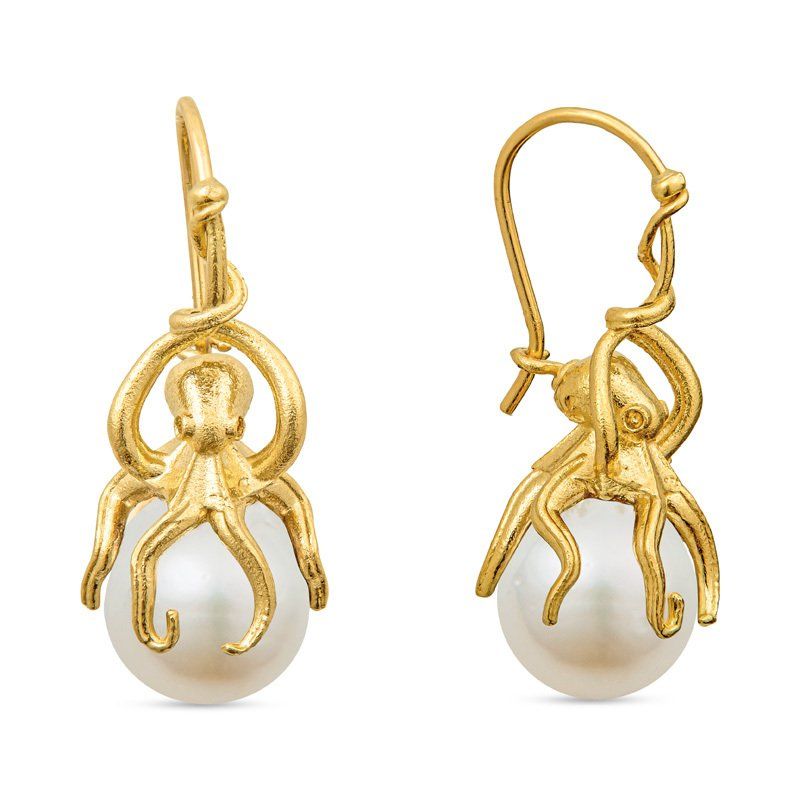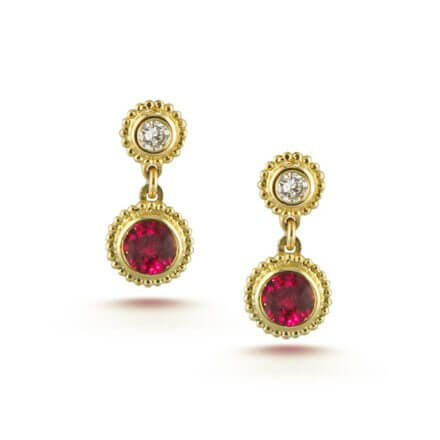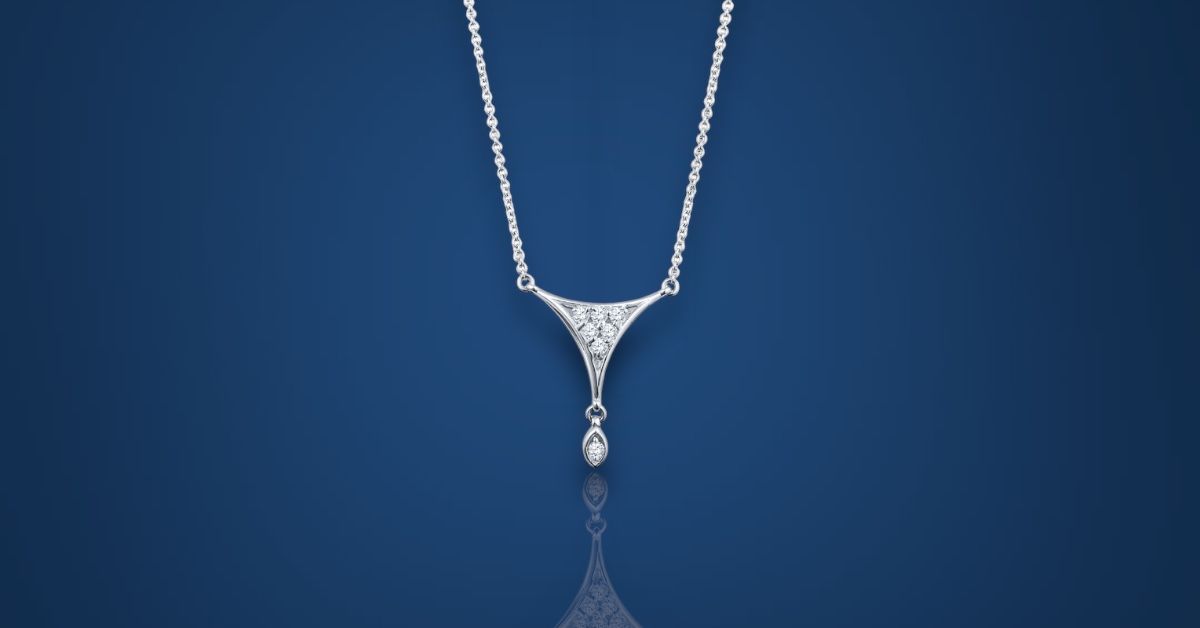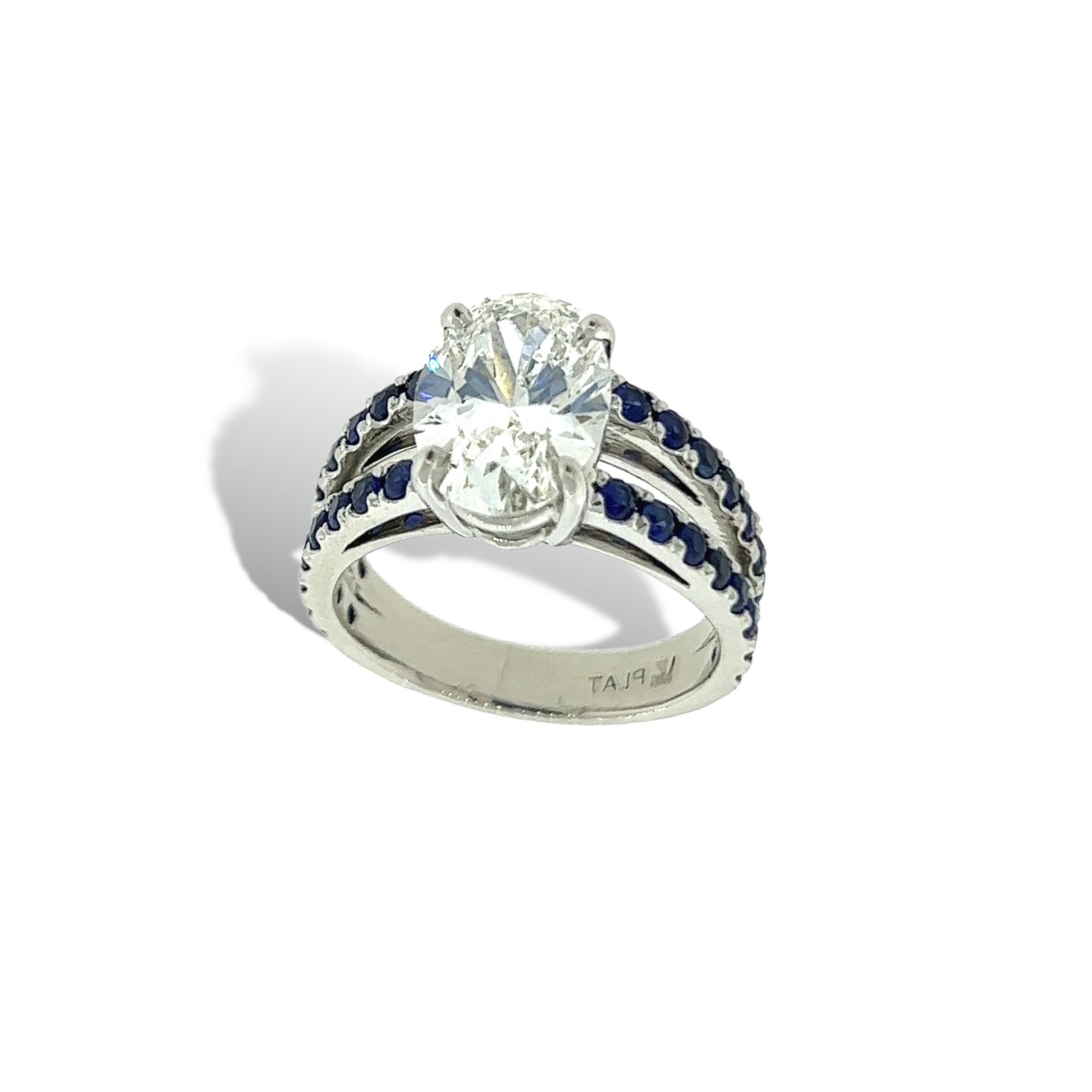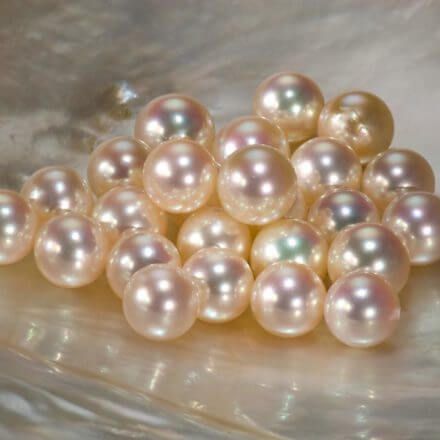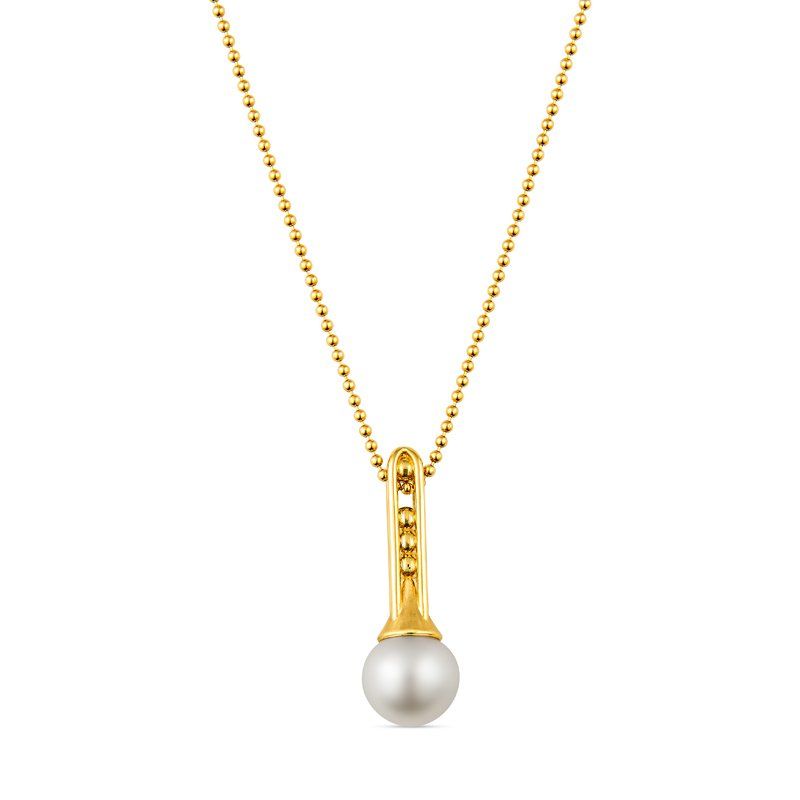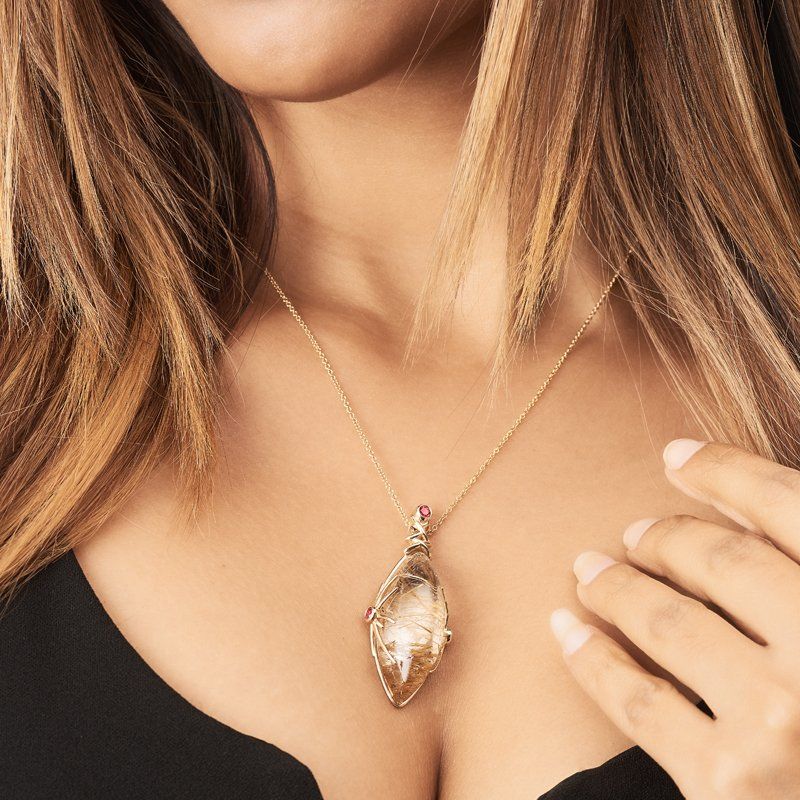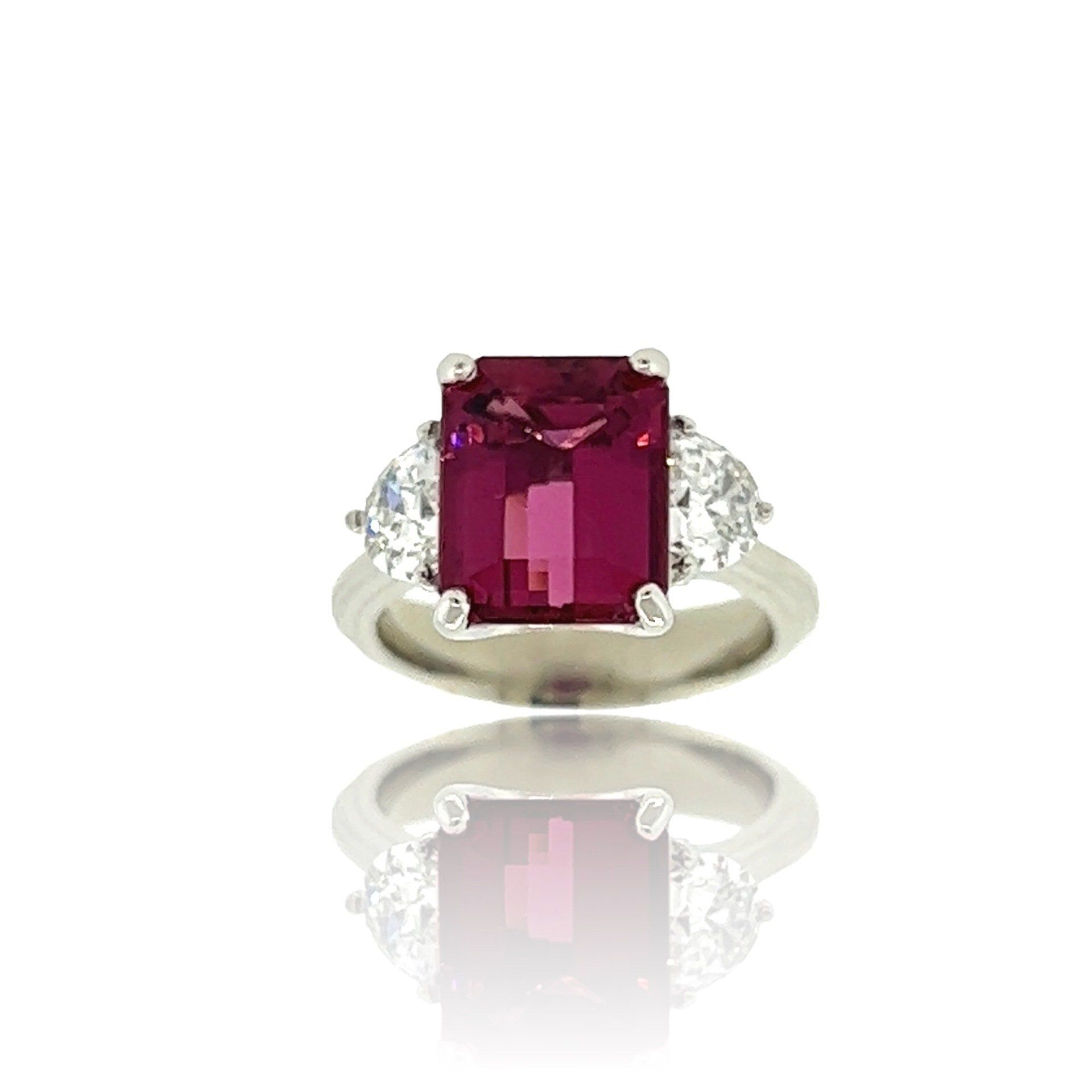What Determine’s A Pearl’s Value?
 The qualities that determine the overall value of a natural or cultured pearl or a piece of pearl jewelry are size, shape, color, luster, surface quality, nacre quality, and—for jewelry with two or more pearls—matching.
The qualities that determine the overall value of a natural or cultured pearl or a piece of pearl jewelry are size, shape, color, luster, surface quality, nacre quality, and—for jewelry with two or more pearls—matching.
LUSTER
Pearls with high luster have sharp, bright reflections on the surface. Of the seven pearl value factors, luster might be the most important. Luster is what gives a natural or cultured pearl its unique beauty.
SURFACE QUALITY
The number of blemishes on a pearl’s surface is evaluated to judge quality.
 SHAPE
SHAPE
Spherical pearls are the most valued, but symmetrical drops are also sought after. I really like drop pearls for pendants and earrings. Round is the hardest shape to come by, therefor perfectly round pearls will cost more than off-round or baroque shaped.

Diamond and Tahitian cultured pearl earrings.
COLOR
Although white is a classic choice, I adore the lovely natural hues that pearls possess. I especially love to mix colors together in one piece to display the variety of colors. Pearls have a wide range of tone from light to dark. Pearl colors tend to be muted, with a soft, subtle quality.
 Other factors which determines cost is thickness of the nacre
, size
and how well a strand is matched
. It’s always a good idea to buy from a reputable jeweler who understands the large variety of pearl qualities, types, and values.
Other factors which determines cost is thickness of the nacre
, size
and how well a strand is matched
. It’s always a good idea to buy from a reputable jeweler who understands the large variety of pearl qualities, types, and values.
Information and photos courtesy of GIA
The post What Determine’s A Pearl’s Value? appeared first on Official Jewelry By Design Website.
